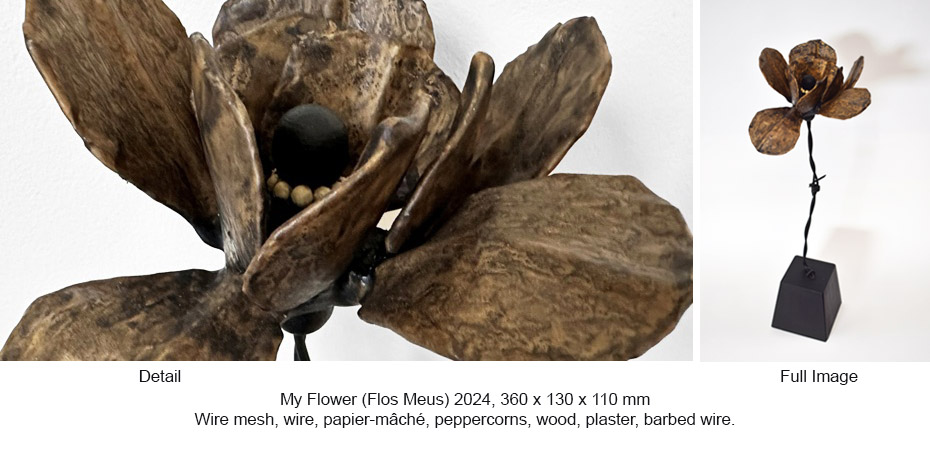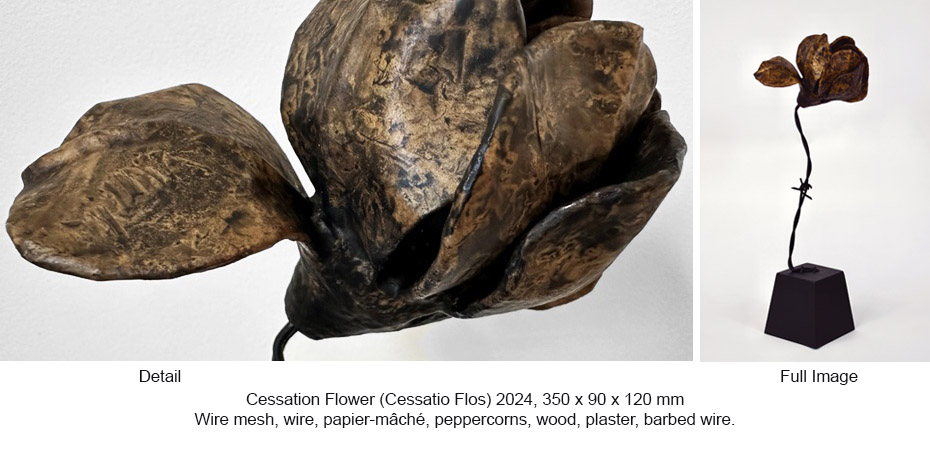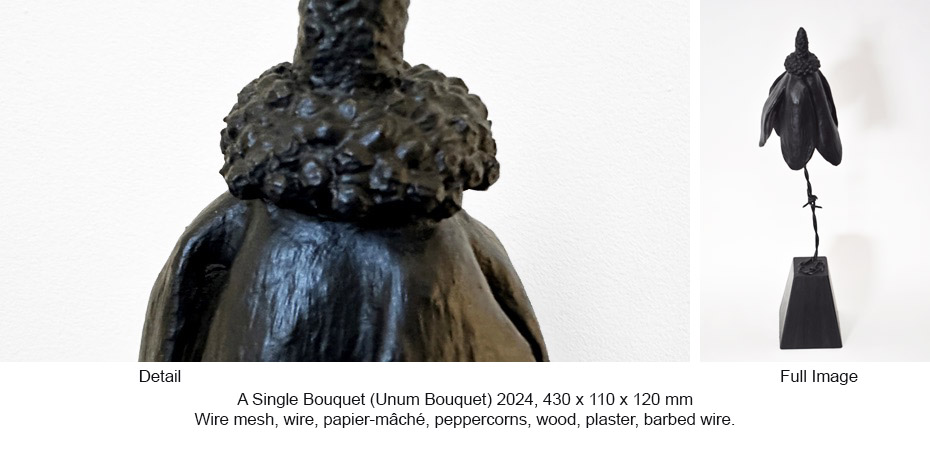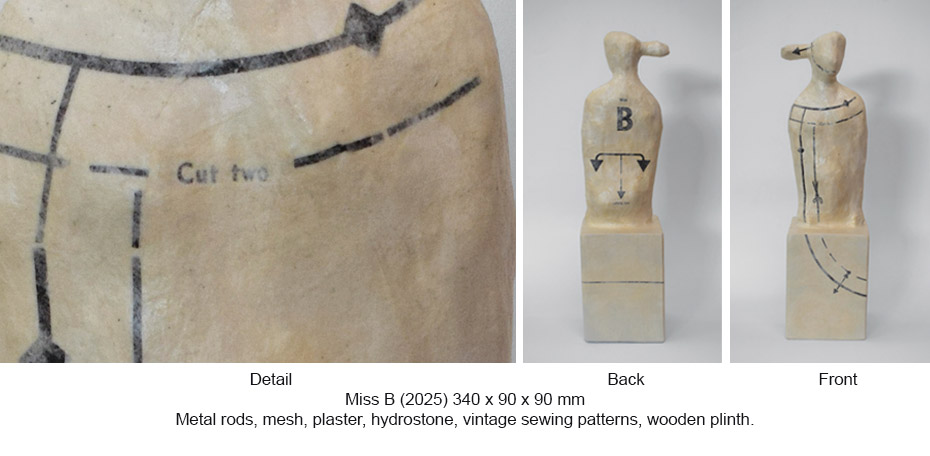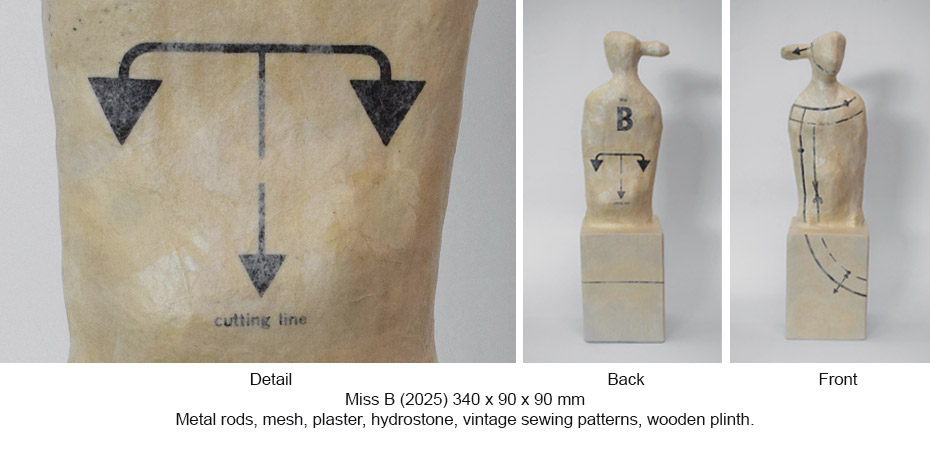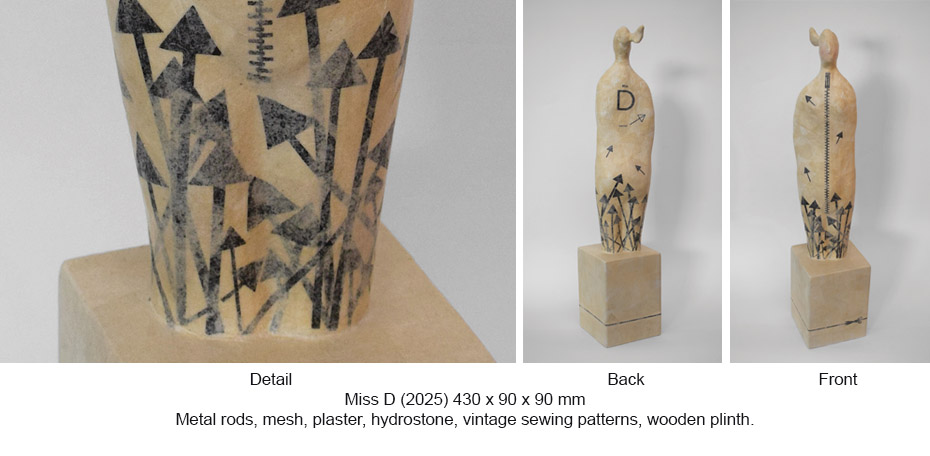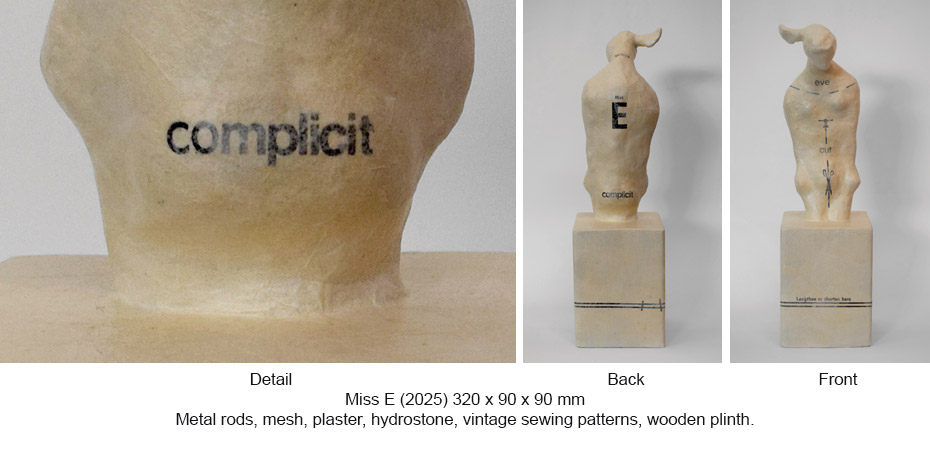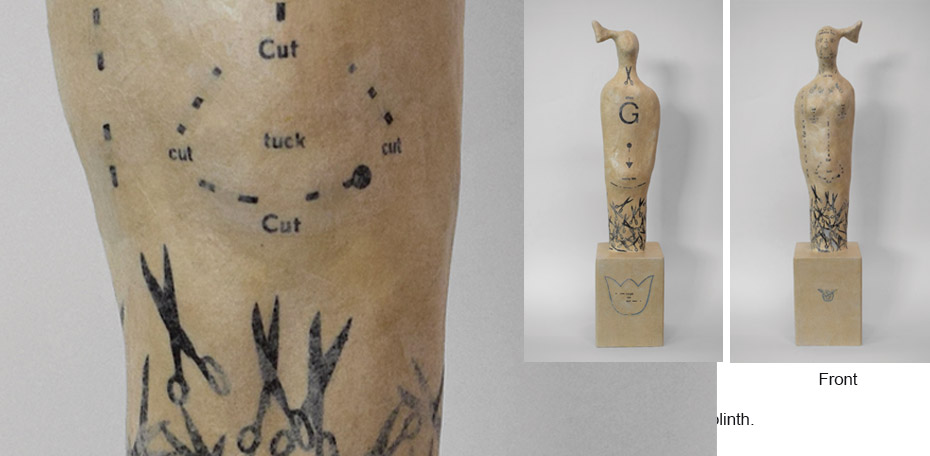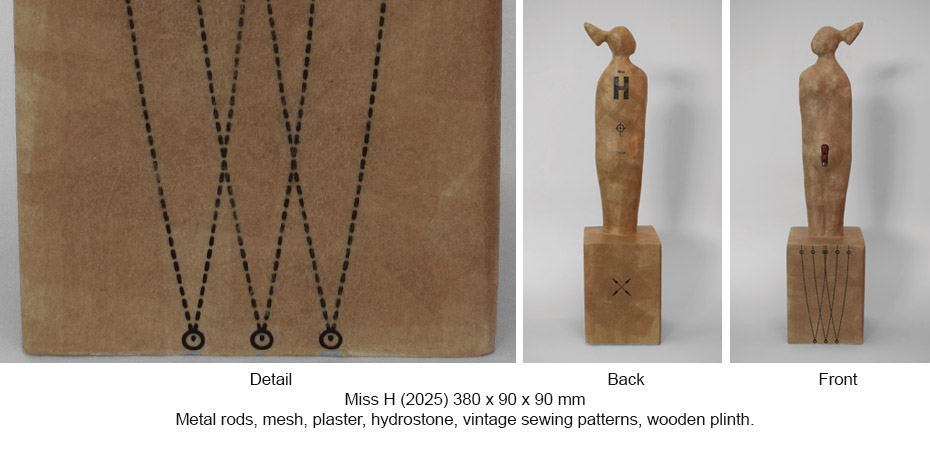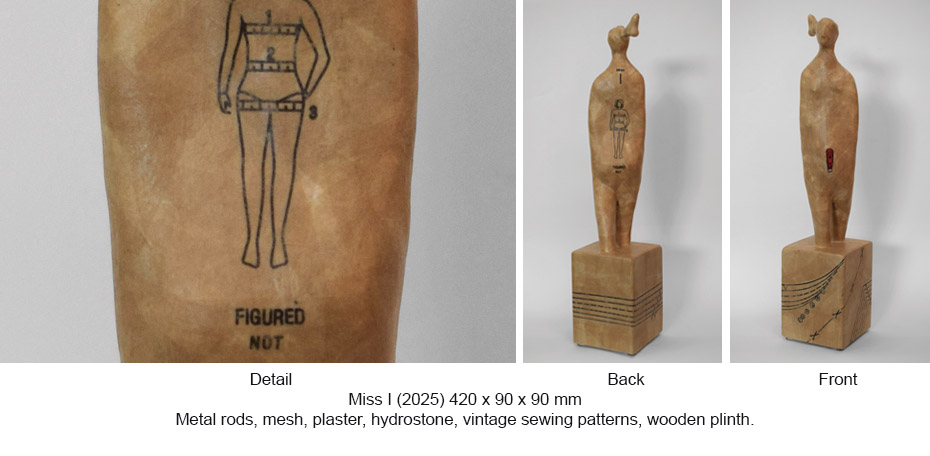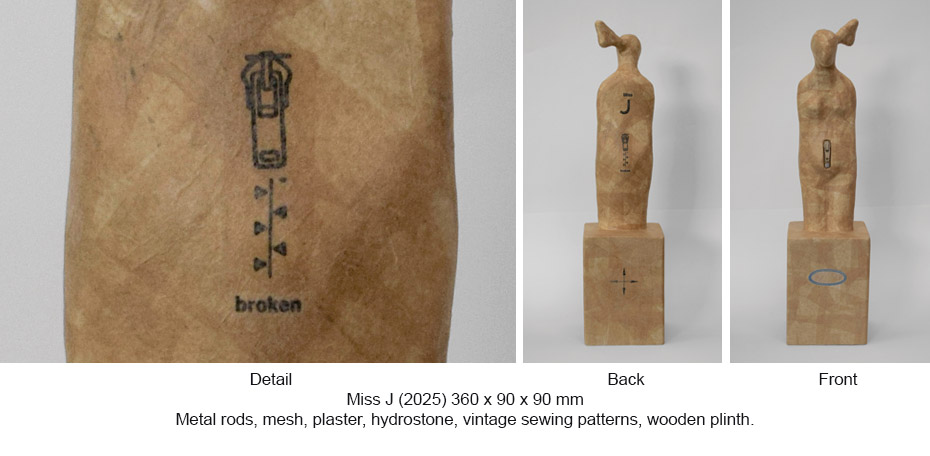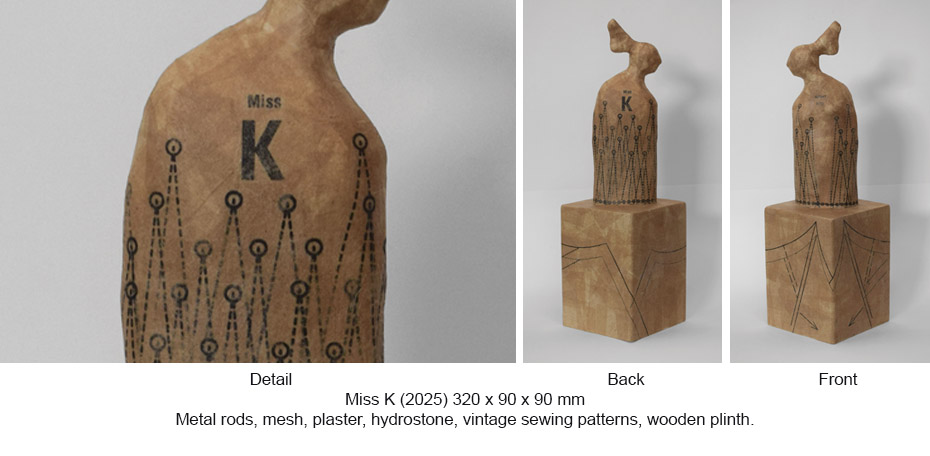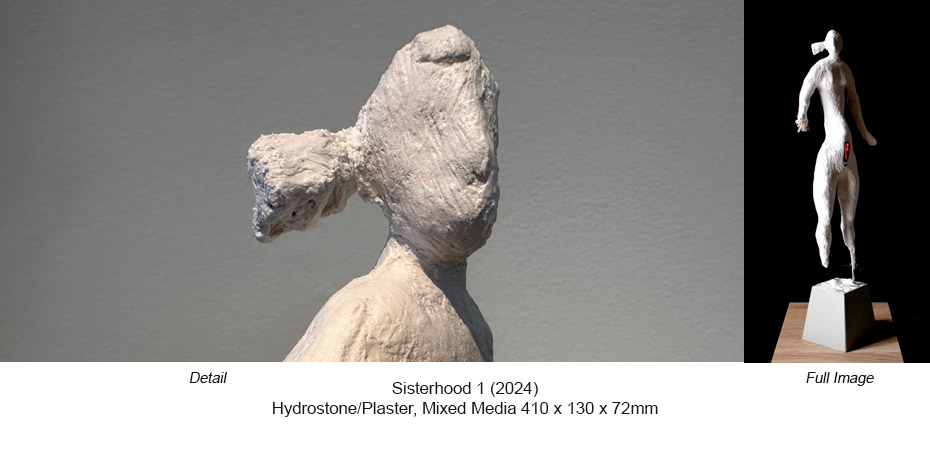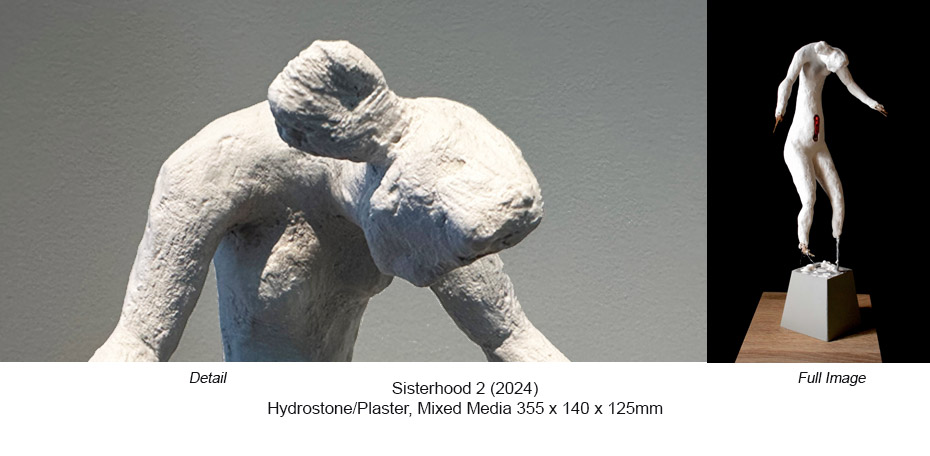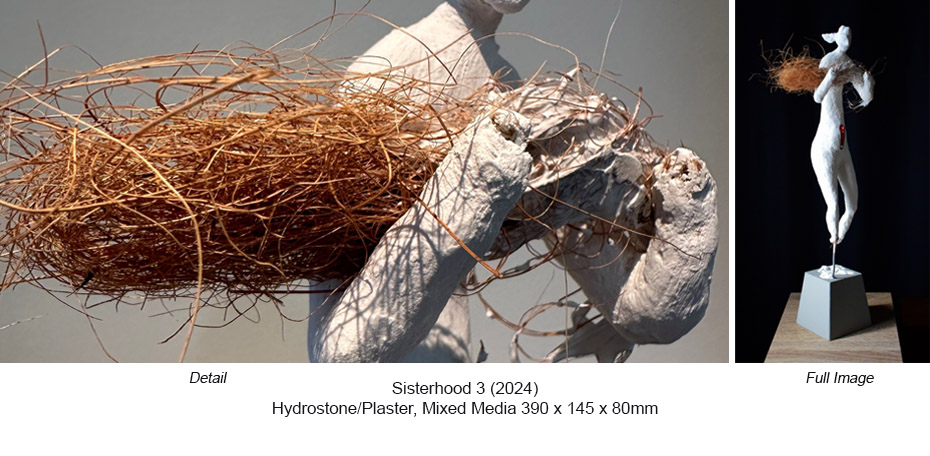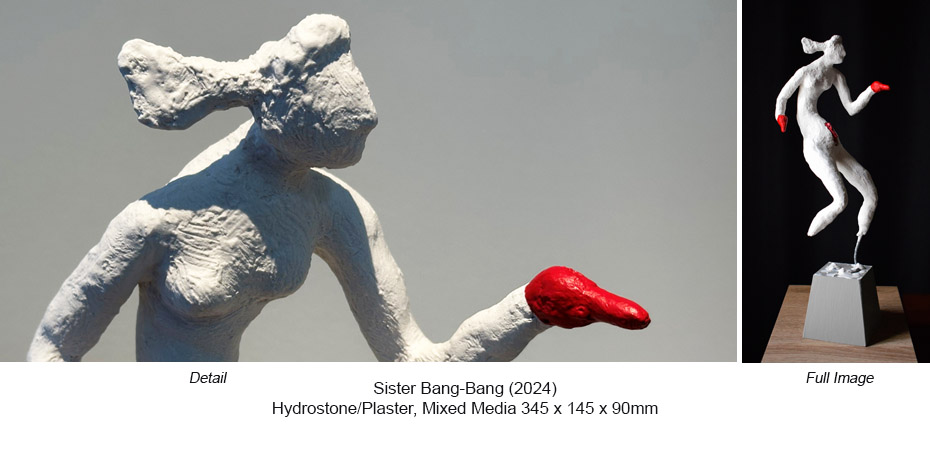Viky Garden was born in Wellington and currently lives in Auckland. A finalist in the NZ Adam Portraiture Award in 1992, 2014 and 2016, the Parkin Drawing Award 2018 and 2019, the Aesthetica Creative Works Award UK in 2011 and winner of international awards for her pinhole photography in Barcelona, Spain, 2018 and 2020, her work is held in private collections in New Zealand, Australia, UK, Canada, USA and Europe and in the permanent collection of Tāmaki Paenga Hira, Auckland Museum, Aotearoa New Zealand.
Garden is an Auckland based multi-disciplined artist. Her work explores themes of impermanence, self-image, introspection and the female experience. During a year’s hiatus from painting (2024-25), Garden created two series of sculptures, each utilising materials appropriate to the subject.
The Agony of Flowers, a metaphor for a moment caught in time and capturing a glimpse of the world as both barbaric and poignant, these works consider the experiences women grapple with when confronted with the inevitability of change. Flowers not only serve sentimental and emotional responses but have long been manipulated for commercial purposes. Throughout art history, they frequently denote secret codes: lilies for virginity; chrysanthemums for longevity and prosperity; daisies for innocence; and, more recently, red poppies to represent the appalling losses of war. The Agony of Flowers strongly evokes the struggle for survival in harsh conditions, where despite the odds, flowers bloom only to wither away too soon. Created from mesh, barbed wire, and dried peppercorns, these papier-mâché sculptures contrast the life affirming grace of flowers to accentuate unavoidable decay. Brutal and perhaps somewhat menacing, these sculptures cast a shadow over the fragility of life.
Crucibles is a stoic representation of the ongoing fight for women’s rights, issues which are under renewed threat today. Like entombed, mummified modern-day relics, these seemingly mute artefacts speak loudly to the historical straitjacketing of women by imposed notions of identity rather than as fully realised, autonomous individuals. The combination of materials used are visually striking and rich in historical and cultural significance. Vintage sewing patterns (used as the “skin”) reference a time when women made their clothes, making a strong connection with traditions of labour and craft, but more symbolically to the subject of autonomy and identity in an era when women’s rights were more constrained. The thematic implications traverse today’s concerns related to gender politics, ageing, body dysmorphia, and the ongoing struggle for equal rights. These themes are alluded to by subtle, sometimes cryptic references.


